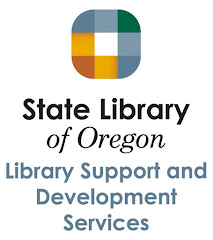Marquis, Kathy and Leslie Waggener.
Local History Reference Collections for Public Libraries. ALA Editions, 2015. ISBN: 978-0-8389-1331-4
Description
Part of ALA's Guides for the Busy Librarian series, this book presents a start-to-finish guidebook for creating a local history
reference collection that your community will embrace and use regularly.
By using materials already in your library or easily available to you,
creating a local history reference collection can be easier than you
think, and this book shows you how.
Table of Contents
Introduction: Why “Local History Reference Collection”?
Chapter 1: Local History Collections: Current Trends, Practices, and Concerns
Chapter 2: Archival Collections vs. Local History Collections: What’s the Difference?
Chapter 3: Collection Development Policies and Library Mission Statements
Chapter 4: Audience: Who Will Be Your Users?
Chapter 5: Collaboration with Other Local History Organizations
Chapter 6: Facility Needs and Preservation of LHRC Materials
Chapter 7: Reference and Access
Chapter 8: Marketing and Outreach
Chapter 9: Your Virtual Local History Reference Collection
Appendix A: Local History Collection Survey Instrument
Appendix
B: American Library Association Reference and User Services
Association’s Guidelines for Establishing Local History Collections
Appendix C: Collection Development Policy Template
Appendix D: Condition of Item(s) Form
Appendix E: Albany County Public Library Genealogy Training Worksheet
Appendix
F: “Public Domain and Creative Commons: A Guide to Works You Can Use
Freely,” from the University of Montana-Missoula Maureen and Mike
Mansfield Library

